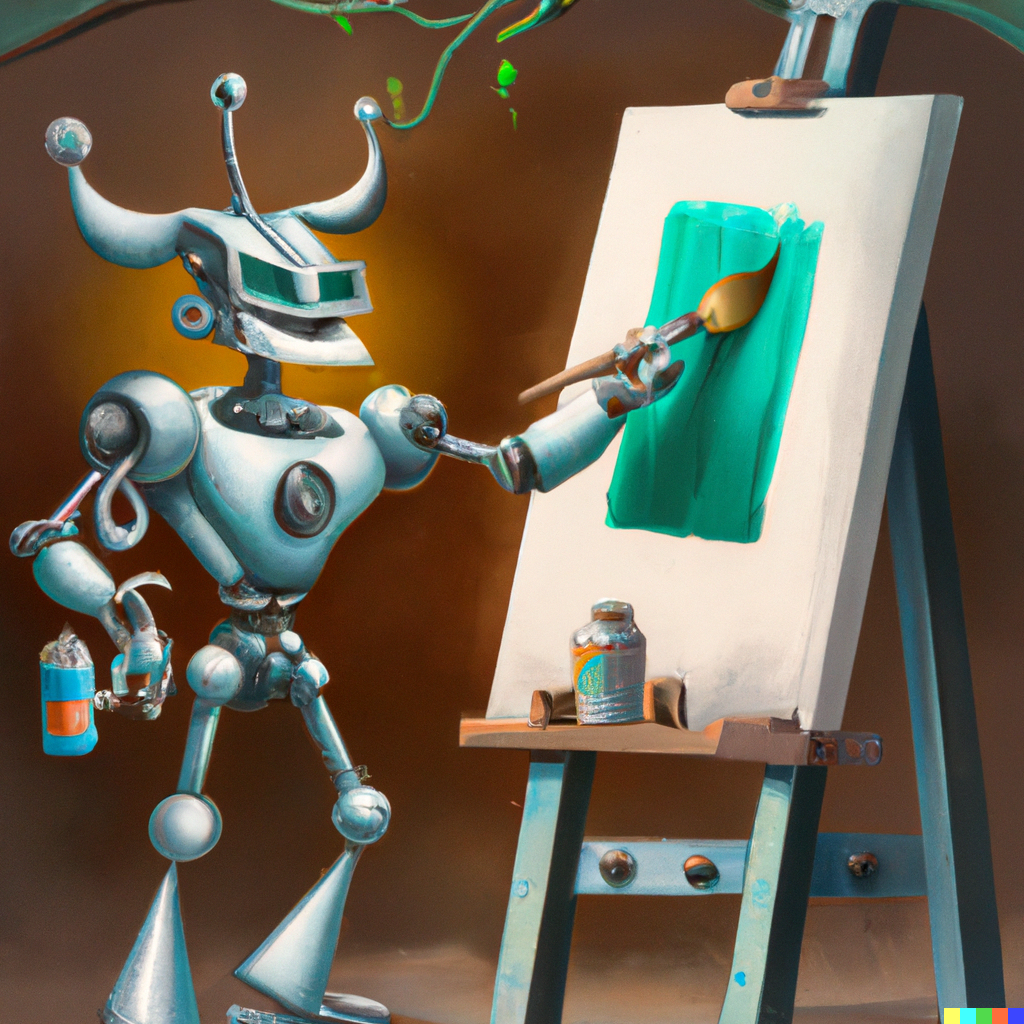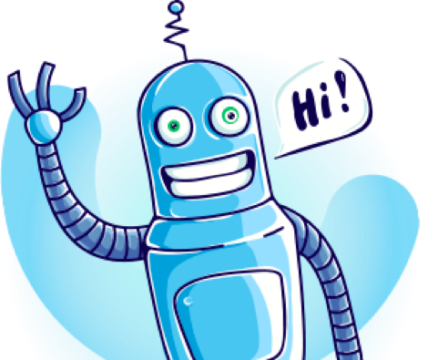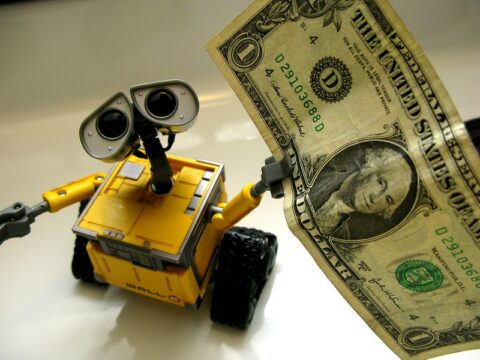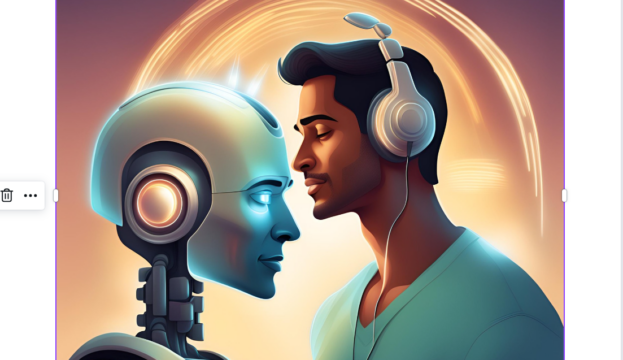Ethics are a crucial part of Artificial Intelligence, which is why tech like ChatGPT must go through gruelling tests of bias. But this concern on the part of people isn’t unfounded.
Somehow applying automation to a creative job doesn’t seem to hold the same charm to the audience and brings in the questions of ethics, an intrinsic part of Artificial Intelligence.
It seems the latest victims of ChatGPT are fiction writers and anime artists, and the future may see a longer list
While industries like Hollywood have been using AI technology for a while now, the better this tech gets, the more ethical questions arise about the future of artists. It seems the latest victims of ChatGPT are fiction writers and anime artists, and the future may see a longer list.
AI generated works of fiction
With ChatGPT, fiction writers may be in a strange kinda limelight. Recently, editors of three science fiction magazines, namely, Clarkesworld, The Magazine of Fantasy & Science Fiction, and Asimov’s Science Fiction, revealed that they were facing a deluge of submissions of AI chatbot generated works of fiction.
Some writers are concerned that ChatGPT like tech might be end of days for the literary world, replacing the author as the ultimate source of creativity. For now, the saving grace is that the stories pouring in are easily distinct from an actual writer’s work. For example, Sheila Williams, the editor of Asimov’s Science Fiction magazine, told NY Times that many of the chatbot-generated stories were titled, “The Last Hope.”
“There are very strange glitches and things that make it obvious that it’s robotic,” said Sheree Renée Thomas, the editor of The Magazine of Fantasy & Science Fiction.
Will we just accept AI generated literary content for what it is, a randomly selected collection of human imaginary situations?
“They’re just prompting, dumping, pasting and submitting to a magazine,” said Neil Clarke, the editor of Clarkesworld.
Right now, while the technology is not yet refined, it’s easy to catch its fraudulence. But going ahead, it’s most definite that this tech will improve, so that AI generated stories will become hard to distinguish from human made. How will we catch the fraud then? Or will we stop looking for the fraud? Will we just accept AI generated literary content for what it is, a randomly selected collection of human imaginary situations?
What about ownership?
Also, will we stop asking who owns it?
The most probable answer is that we will develop an AI to catch the fraud. As for ownership, if you have lived on this planet long enough you know that human beings are pretty serious about copyright ownership.
Read more: Big tech & chatbot mania: Where will it end?
Last month, Reuters reported a letter from the US Copyright Office that stated that the images in a graphic novel that were created with Midjourney, an artificial-intelligence system, ‘should not have been granted copyright protection’. This is one of the first such observations in a legal environment like a US court on what the copyright protection for works created with AI entails.
It’s arguments like these that will get us to an aware and well-defined system.
AI generated VFX?
When AI takes jobs away from doctors in Hungary by detecting cancer better, we don’t mind as much as we do when Hollywood uses it to de-age actors.
Industrial Light and Magic (ILM), a George Lucas founded visual effects company created a revolutionary technology that can de-age actors, as seen in Martin Scorsese’s movie The Irishman. Similarly, Disney launched FRAN (Facial Re-aging Network), which uses a neural network framework named U-Net to work with image-to-image translation.
Going ahead, will Hollywood only have VFXed actors, replacing real ones? Something akin to the 2002 Al Pacino starer Simone, only on a grander scale
While these new AI-focused technologies are transforming the Hollywood landscape, ethical questions remain about how this impacts opportunities for young actors.
As The Guardian quotes Olcun Tan, a German-born visual effects supervisor from Los Angeles, “What it does is create a culture of recycling. It’s like Mickey Mouse going on forever.”
Going ahead, will Hollywood only have VFXed actors, replacing real ones? Something akin to the 2002 Al Pacino starer Simone, only on a grander scale.
But then, what if we look at this revolutionary tech only as an improvement on the technology of makeup, which has been upgrading at the manual level anyway?
An AI Irony
A recent development in the anime industry shows that these makers of fake actors can face equal threat from AI.
We may replace real actors with VFX today, but those VFX artists could, in an ironic twist, be replaced by AI generated VFX one day
Recently, Netflix has been getting blasted for using AI art in an anime instead of hiring artists in its feature, The Dog & The Boy. Anime fans are not only accusing the OTT giant of using AI-generated anime, but also, anime artists are accusing Netflix of intentionally creating a talent shortage in the anime industry by handing out crunch deadlines and low pay packages. It’s being said that after many artists quit owing to workplace dissatisfaction, Netflix got an excuse to employ Artificial Intelligence for the job.
Read more: Chat GPT may not be the ‘Google killer’ but swankier assassins might be lurking around the corner
This means we may replace real actors with VFX today, but those VFX artists could, in an ironic twist, be replaced by AI generated VFX one day.
Another irony to be noted is that the work the AI generates, it learns from the mass collection of human-made art available on the Internet. It seems AI here becomes a subtle way of robbing human artists by copying what humans do but way faster.












